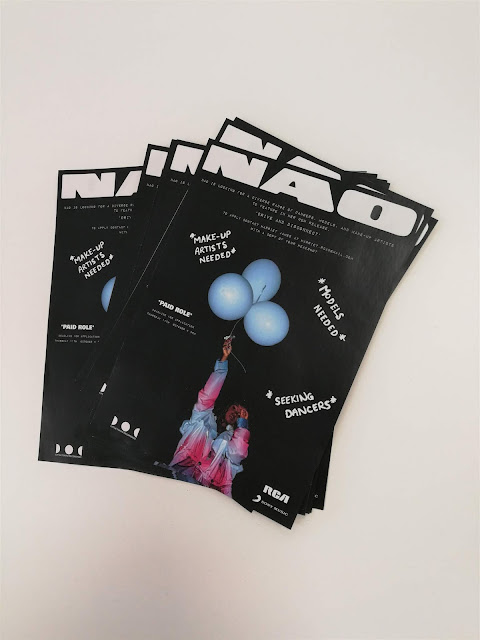Another thing of interest was that each time Naoko requested her roommate Reiko to play 'Norwegian Wood' on guitar she had to place 100 yen into a glass jar. The idea was to place a forest setting within a sealed glass jar, literally putting the song into the jar itself, also signifying Naoko's bottled feelings and feelings of being alone or 'trapped' by her illness.
A different variation of this was sketched, focusing on the opposite of the first, visualising an open jar with a red bird (one that Watanabe describes in the book) flying out, symbolising Naoko's freedom from her illness after her death. This also links to the full name of Naoko's favourite song and title of the book being 'Norwegian Wood (This Bird Has Flown)'. In this variation, the open lid has been placed on the back cover to add an element which links both the back and front covers.
For the back cover designs, it was thought that text could be placed into rough squared blocks representing Naoko's and Watanabe's constant letters to each other whilst they are apart. Or, linking to the ideas based around the rising sun flag, the text could be placed in a circle, reflecting the circular design on the front cover.
Typographic Treatments:
One of the main aspects taken from research into what appeals to the judges the most is the use of typography, therefore it was decided to spend some time experimenting with and producing various typographic treatments I could potentially use in my final design.
My first initial ideas for these typographic treatments was to experiment with extending different letterforms in connecting and enclosing letters, using the most prominent vertical strokes to represent the trunks of pine trees and forest settings as described throughout the book. For these ideas, I have purposefully made the type quite thin in order to work more effectively with this idea of pine tree trunks which tend to be thinner and taller than other trees. This was also thought to have a definite link to the title of the book in the use of the word 'wood'.
Other ideas use this same extending of letterforms, however instead to represent the political aspect of the story, with the stroke of the 'I' acting as a flag pole with the actual flag enclosing the remaining letters of the title. This idea was based on a part of the story where the flag would be raised every morning at Watanabe's university dormitory and the student protests around this.
In addition, it was also thought to potentially focus on some of the characters of the story, particularly Naoko whom the story mainly centres around as described from Watanabe's point of view. These ideas focused on the more sensitive themes of death and loss in relation to Naoko, with one idea being to place the title of the book within a ripped piece of paper which Naoko left her note to Reiko on before leaving the sanatorium to end her life. It was thought this could then be paired with an image of her blue nightdress in which she left in. Another idea concerning this nightdress was to make it a part of the title itself, going back to extending letterforms, using the 'I' as a tree trunk in which an image of Naoko's nightdress is attached seemingly blowing in the wind to represent her hanging herself in the forest, as well as her links to the book's title itself.
Other ideas experiment with placing the title within a handmade placard typically found at protests to represent the student protests within the story, as well as placing this title within a label on a glass jar to represent the jar in which Reiko made Naoko place 100 yen into each time she requested to hear 'Norwegian Wood' on the guitar.




















































